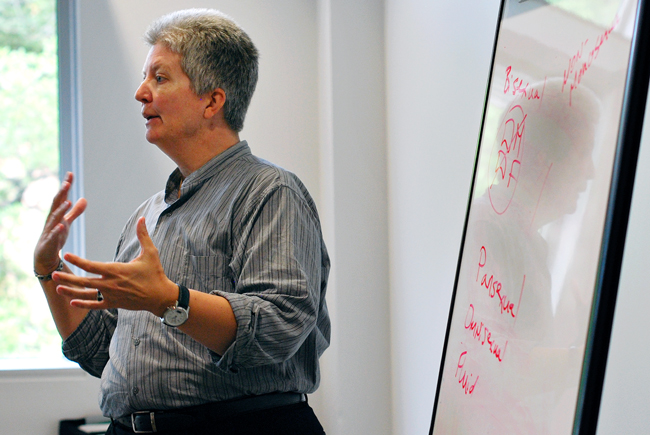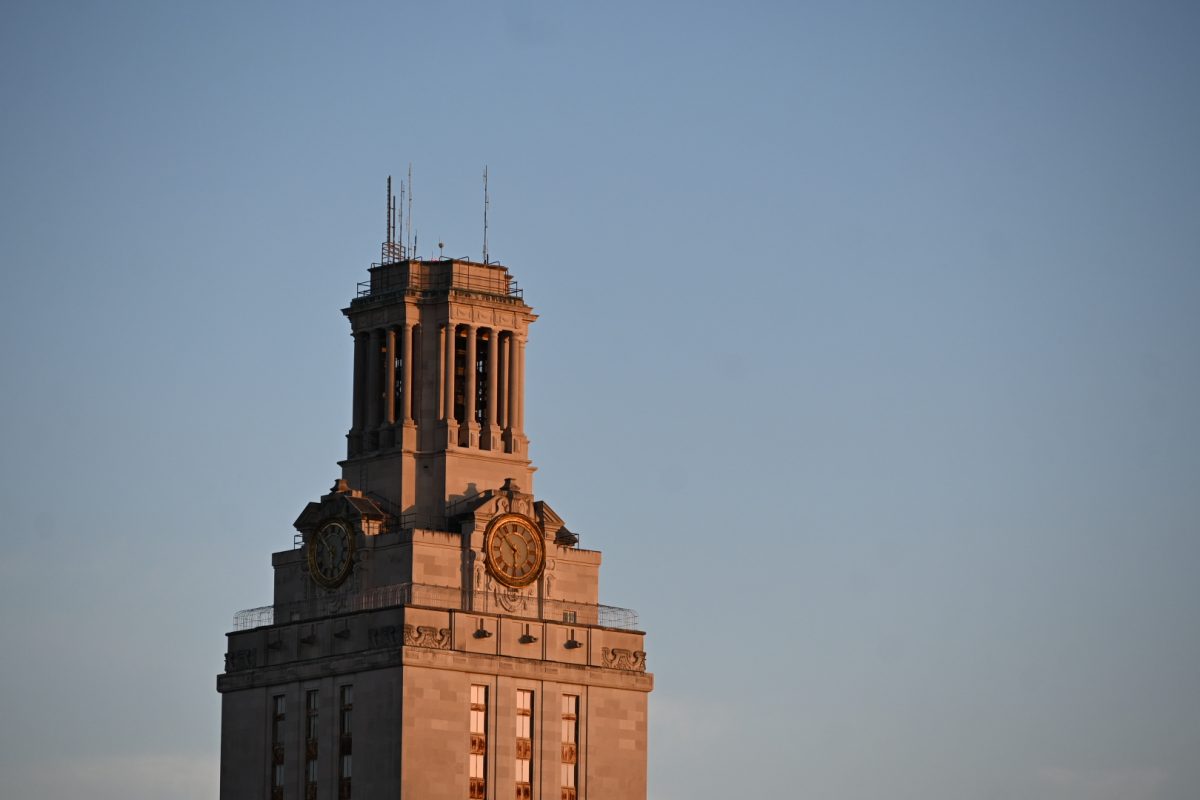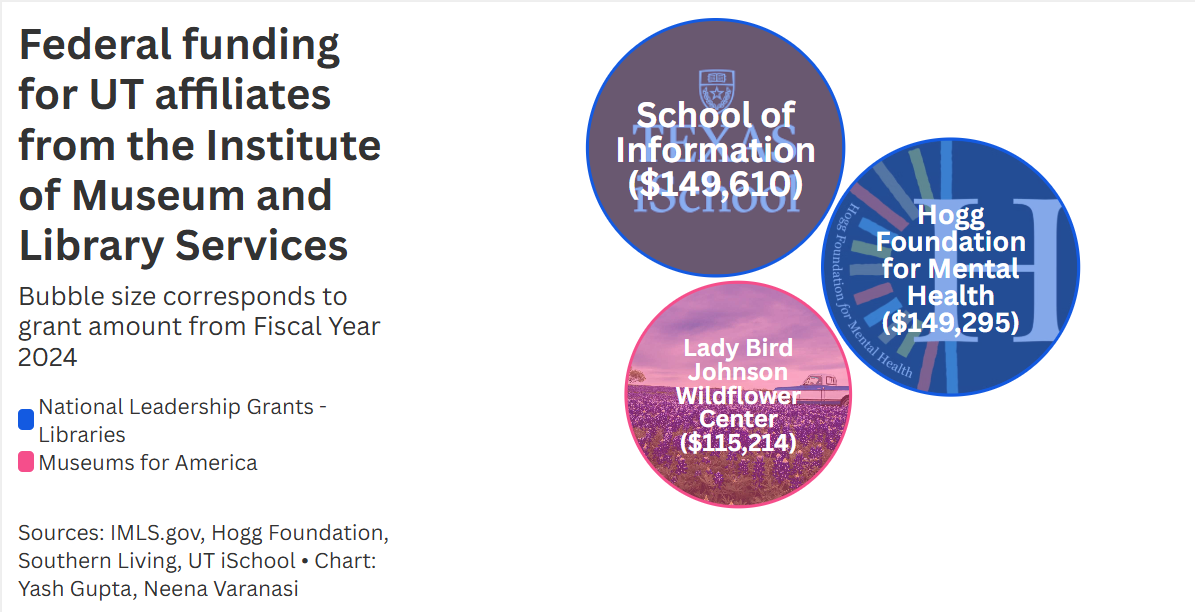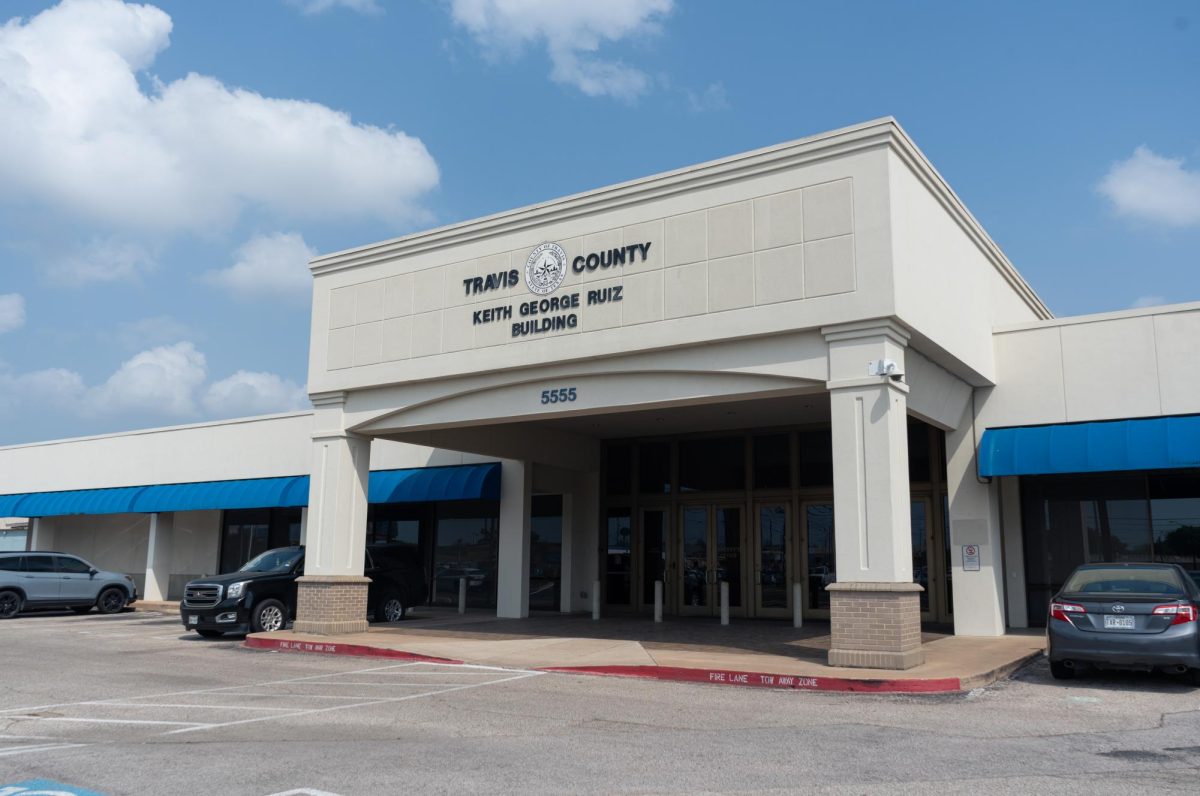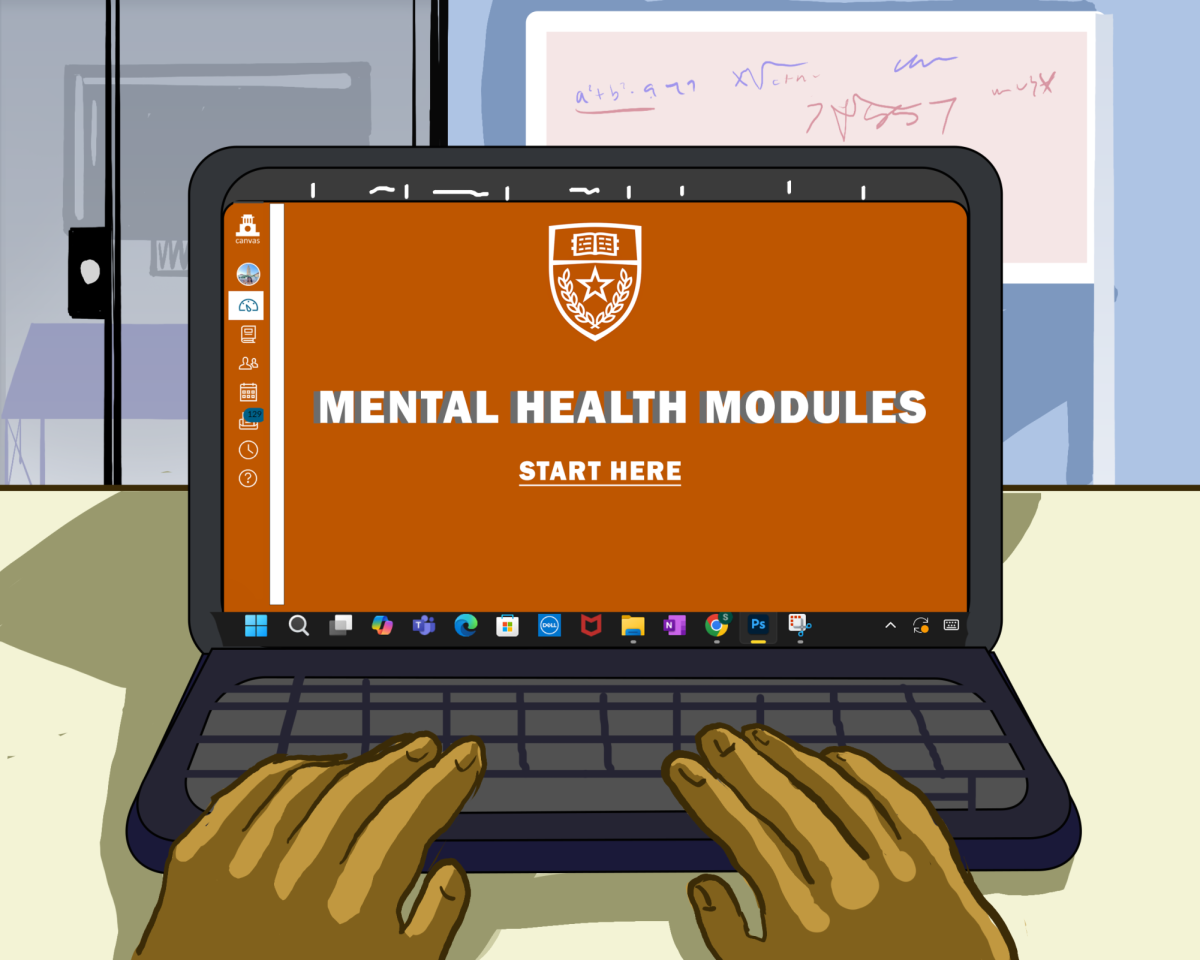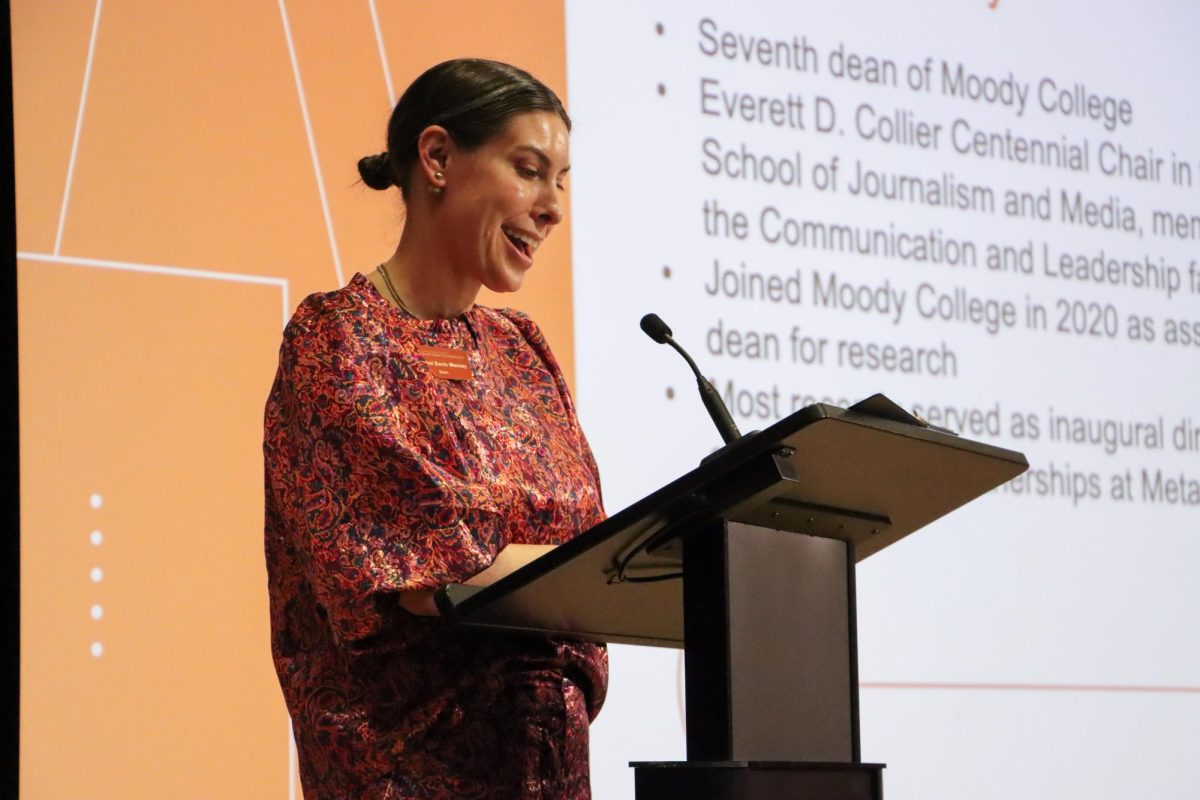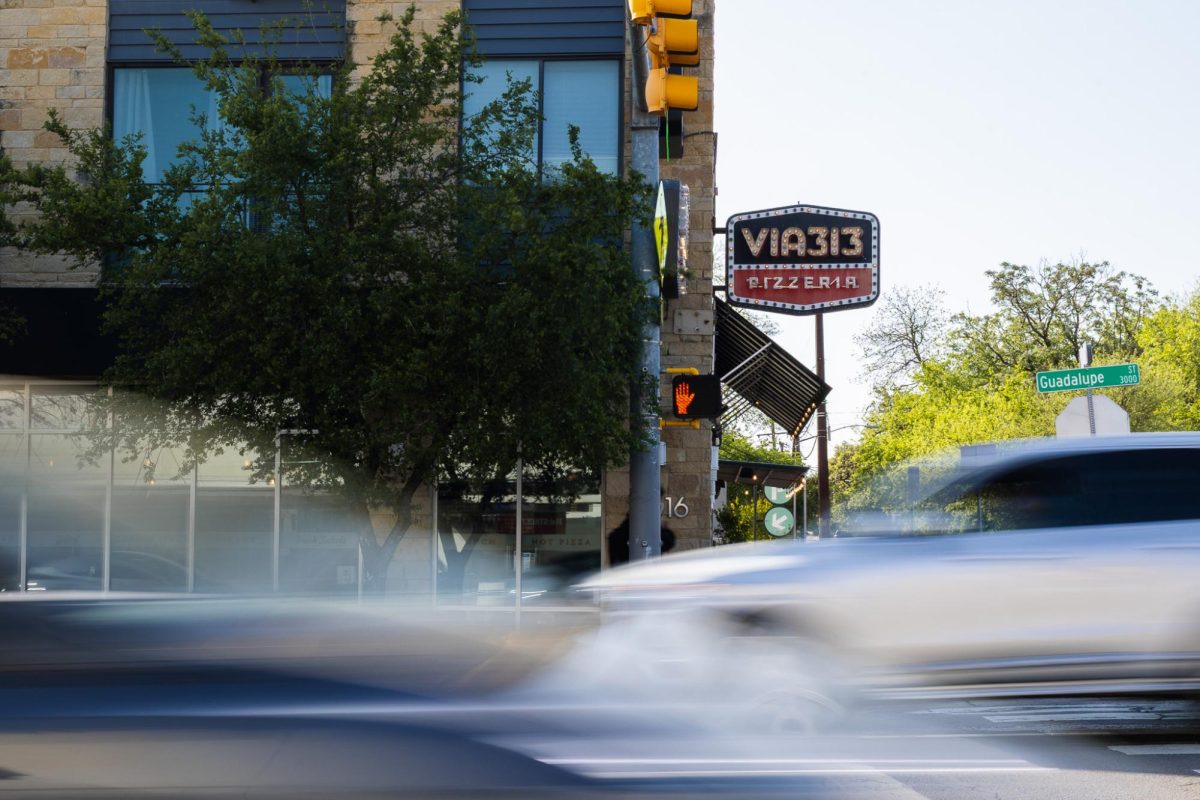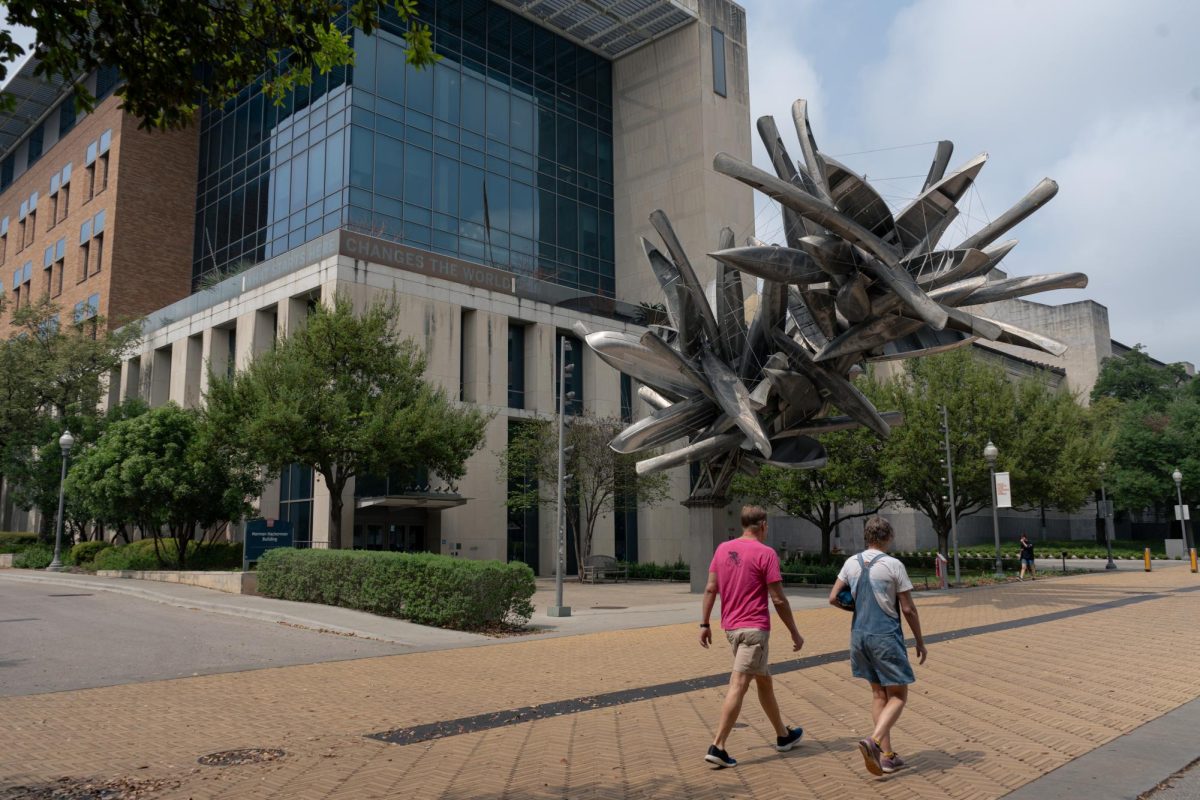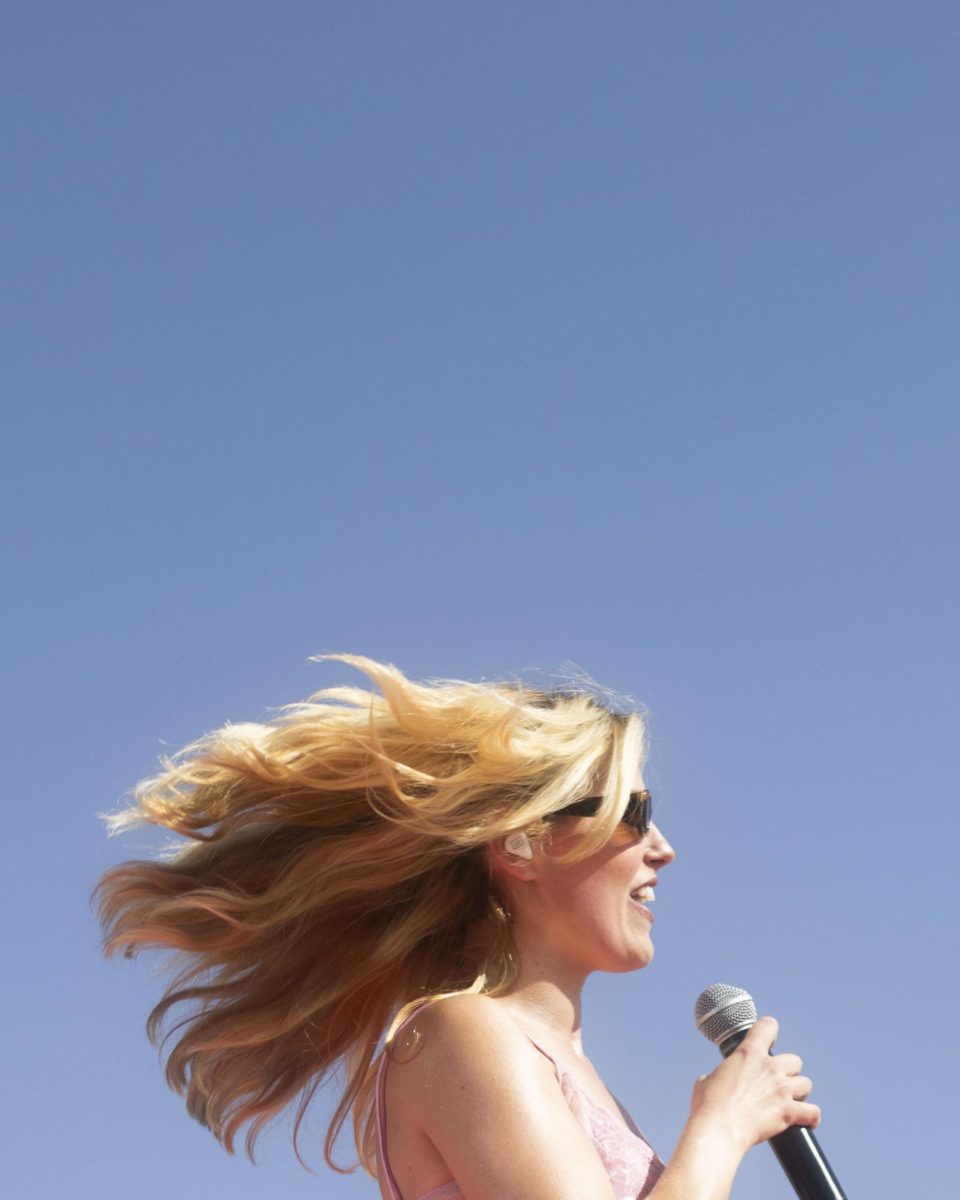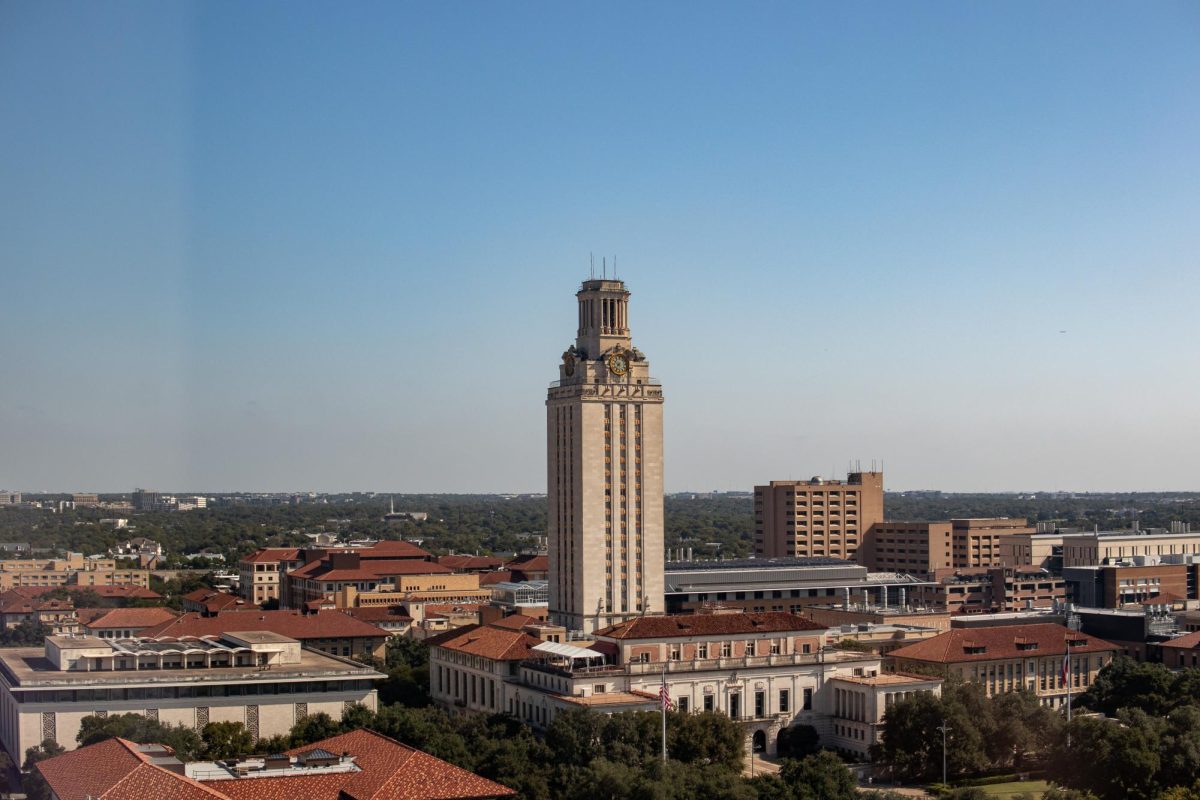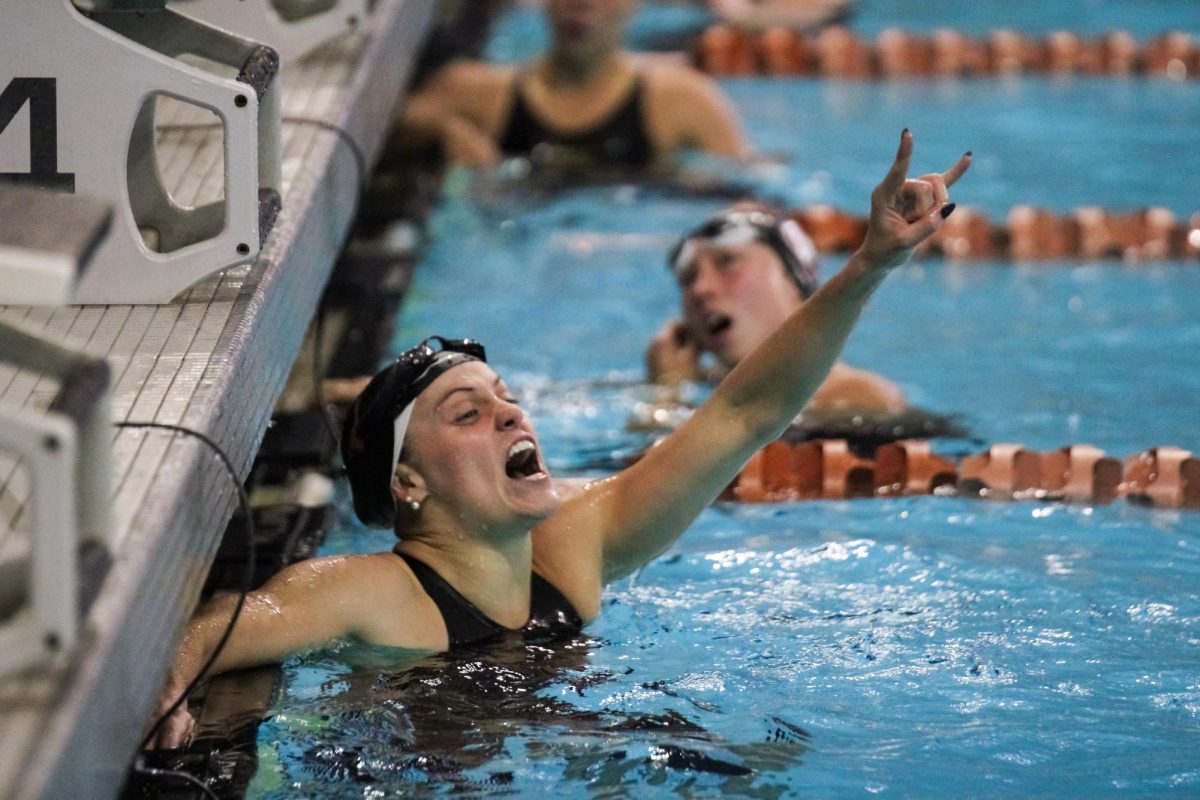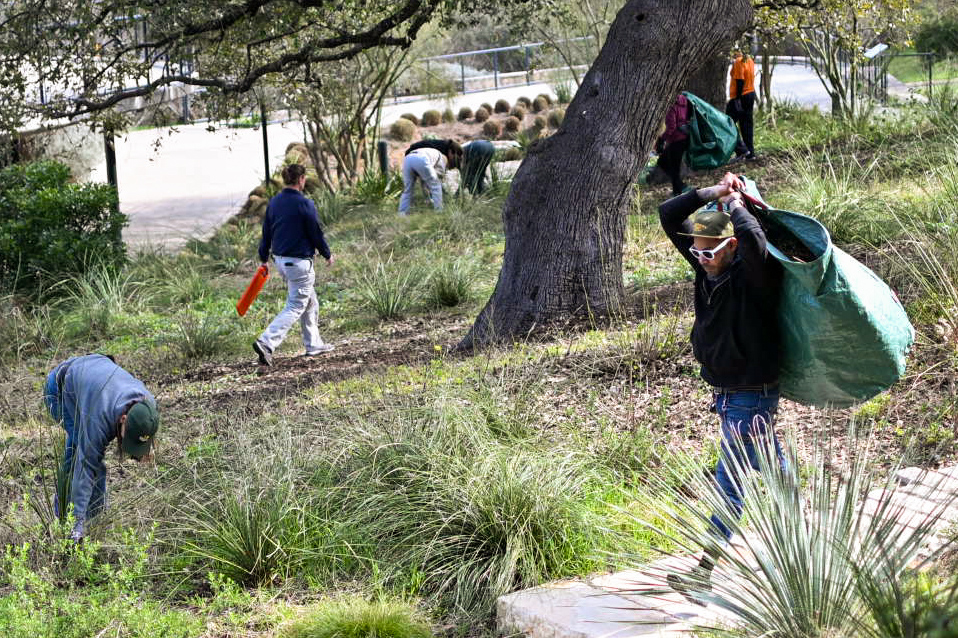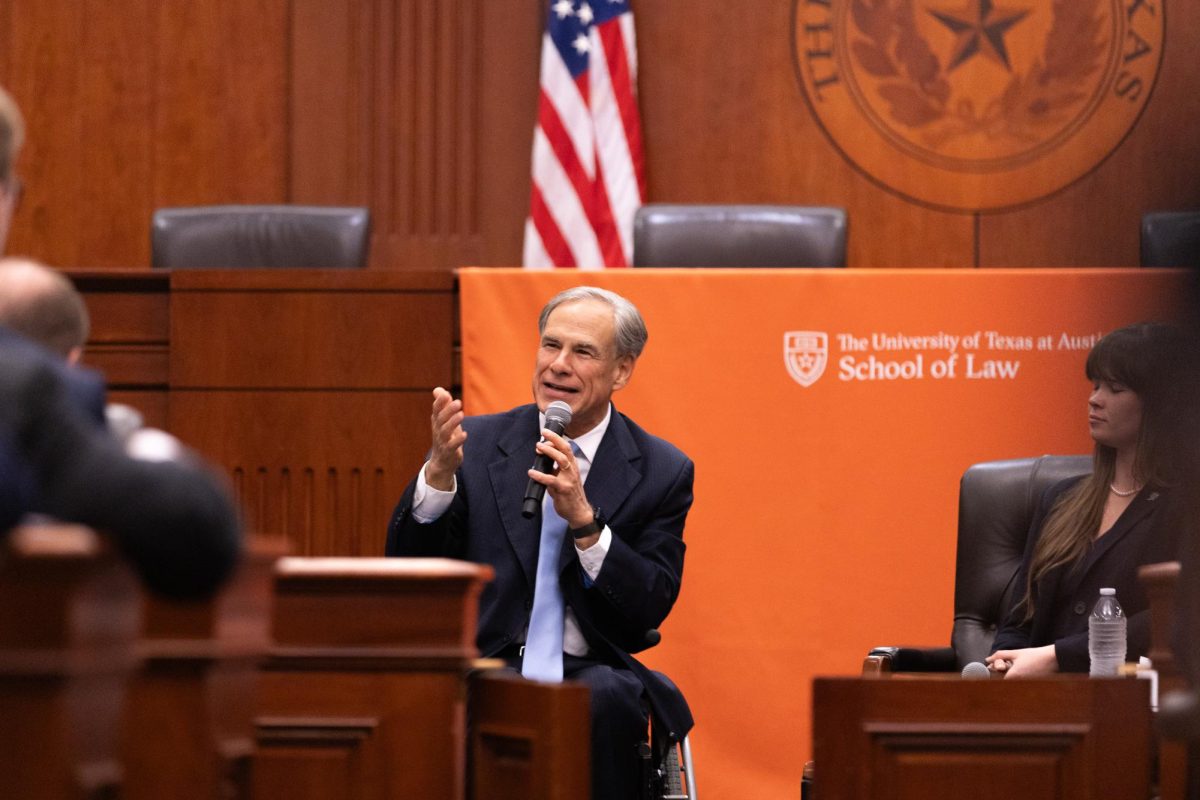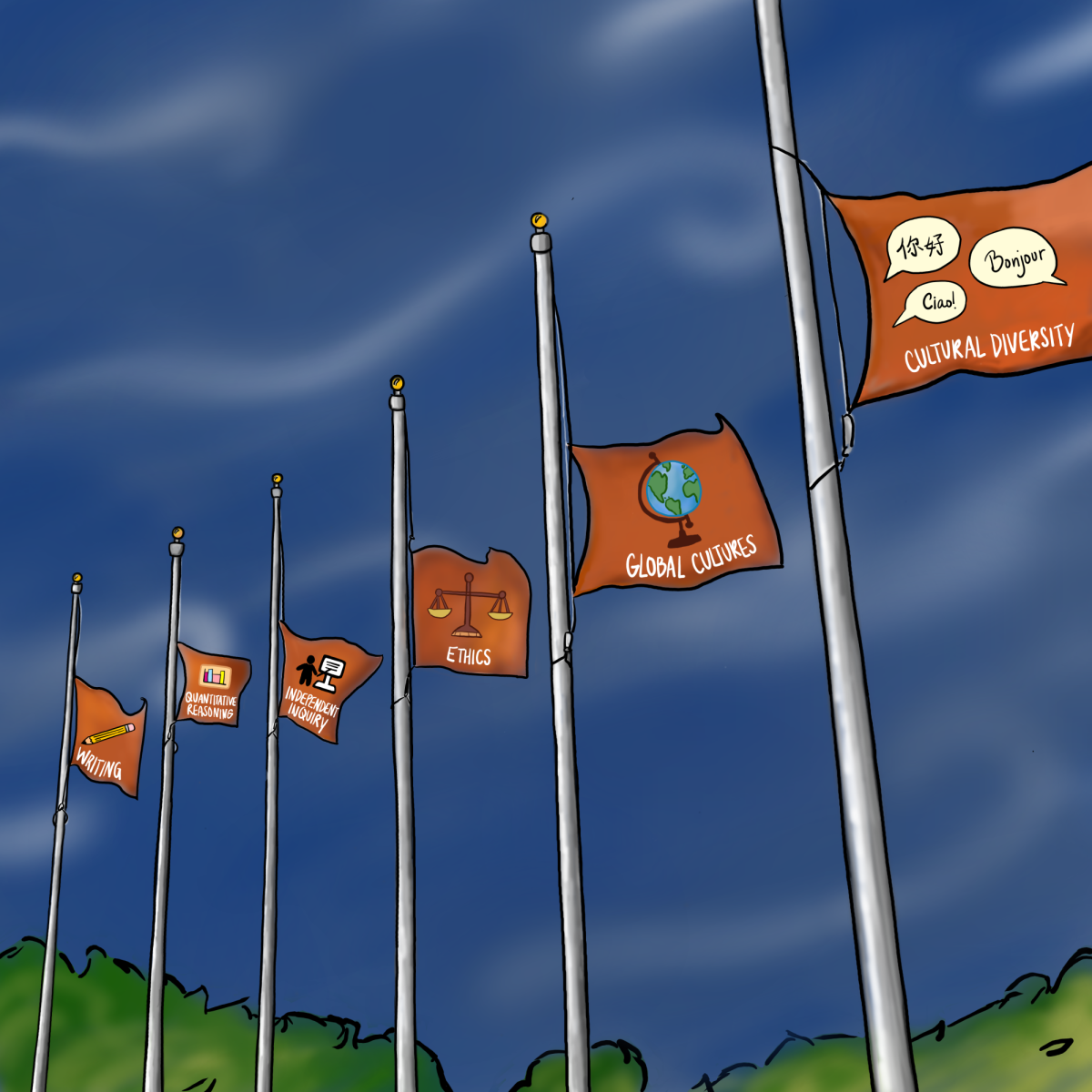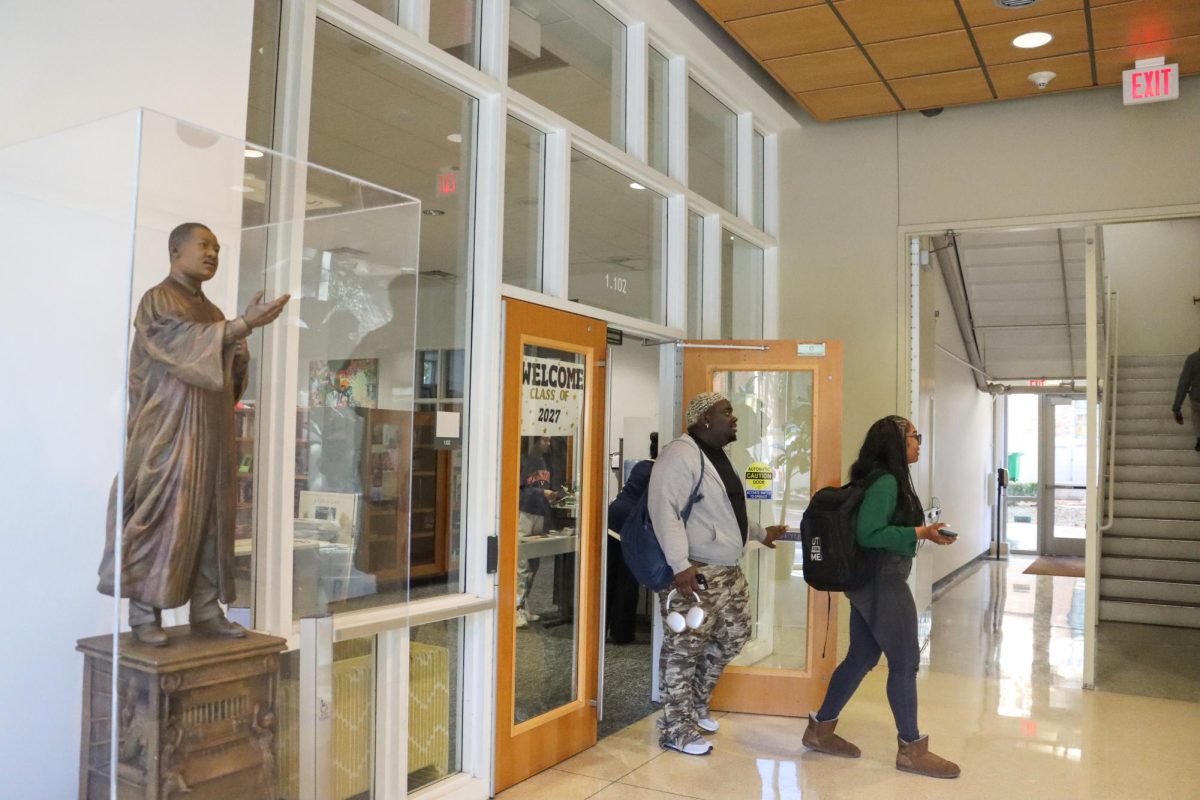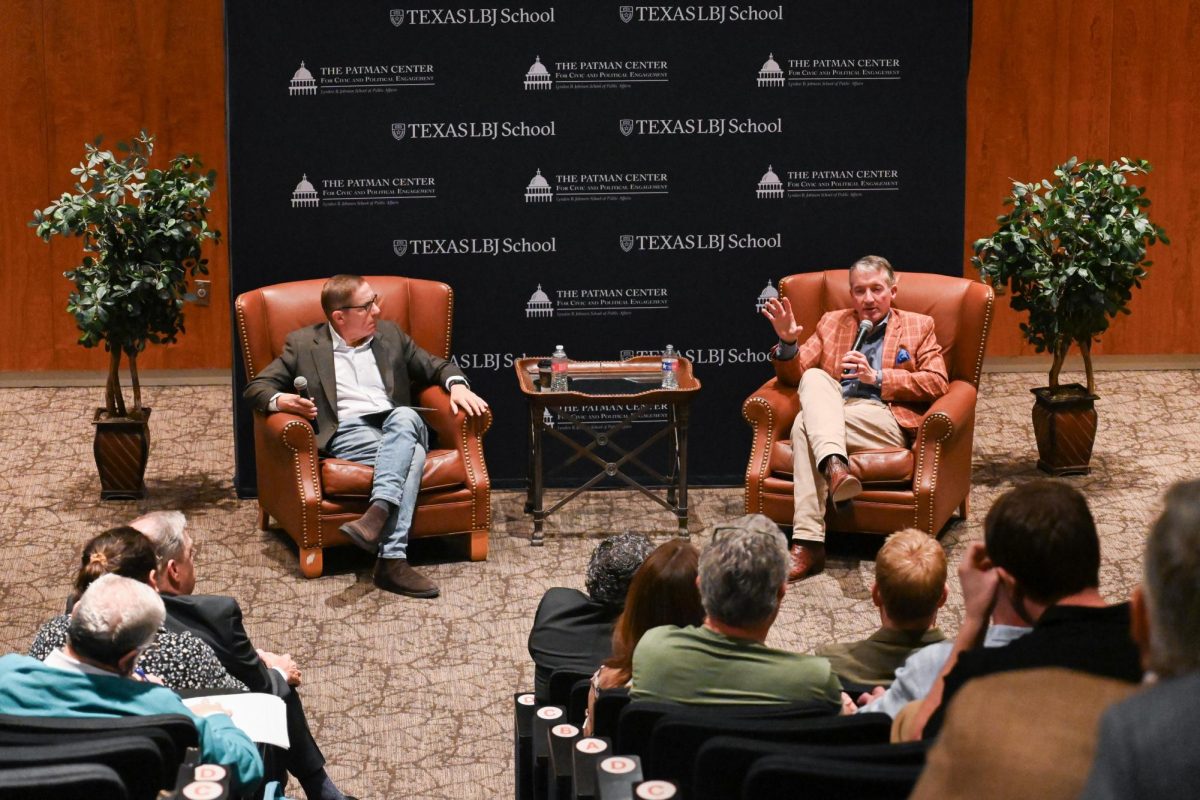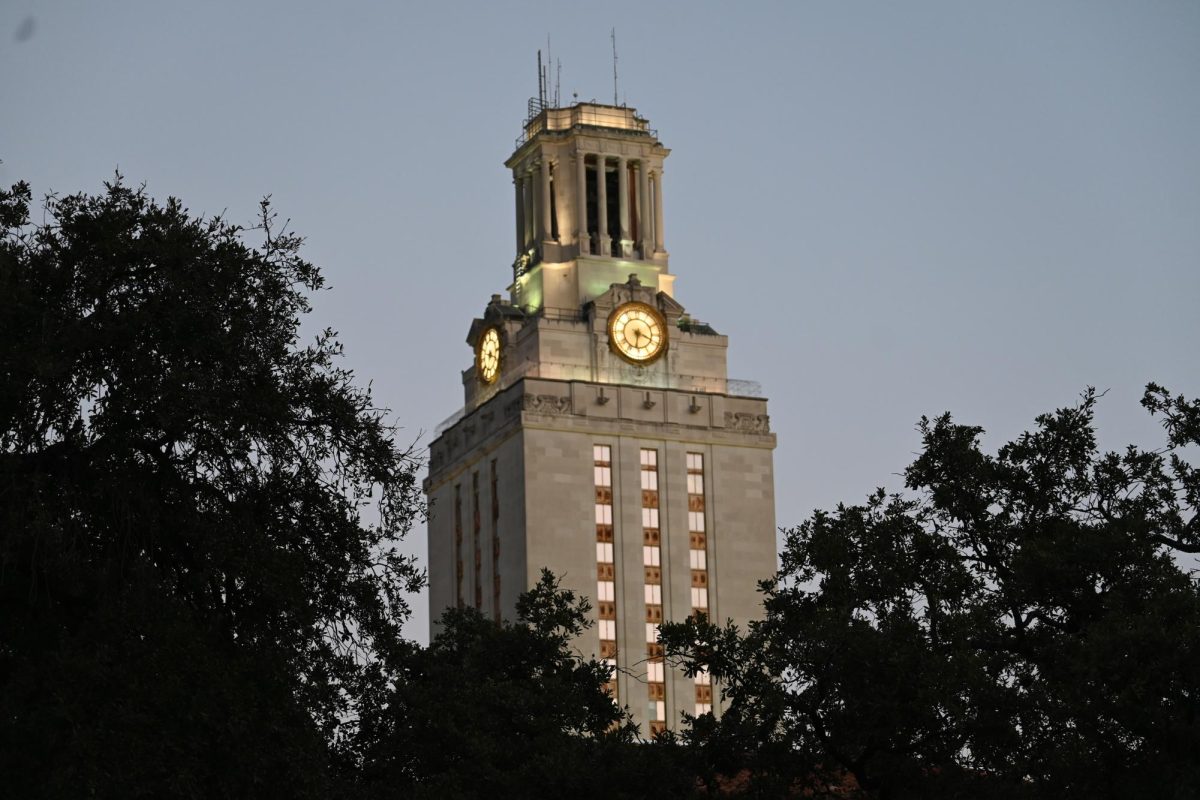Students who identify as bisexual face unique challenges in gaining acceptance within queer communities and in society at large because of a lack of visibility and prejudices held against them, said speakers at a Monday event.
Shane Whalley, education coordinator of the University’s Gender and Sexuality Center, presided over a workshop that discussed those challenges, debunked myths and offered advice on coming out as a bisexual.
Whalley said bisexuals are often unrecognized within society and the image of bisexuals that people have in mind is often misconstrued by popular culture.
“For bisexuals, there is an invisibility within the broader culture and within the gay community“, Whalley said.
“Bisexuals are at the end of the letters ‘LGBT’ [lesbian gay bisexual and transgender] and are often not talked about in [a straight or queer] context, so they don’t feel that they have a safe place in [these] groups.”
The crux of that invisibility, Whalley said, is that we can’t identify bisexuality by sight alone. Whether a person is seen with a man or a woman gives no indication as to whether they are bisexual.
“There’s a difference between behavior and identity,” Whalley said. “But the only way we could know everyone’s sexual identity would be to have awkward conversations all the time.”
Popular culture instills a false impression that most bisexuals are women, Whalley said, because pornography and pop music feature mostly women behaving bisexually.
“There are bisexual men, but we don’t talk about them,” Whalley said. “When you say ‘bisexual,’ for a majority of people, the face of a woman pops up.”
Bisexuals also encounter negative stereotypes and myths, Whalley said. Whalley said myths and stereotypes amounted to a general belief that bisexuals are excessively promiscuous and not trustworthy in relationships.
“That is a representation that we get from pop culture, but it does not reflect reality,” Whalley said. “No sexual orientation is the gold standard of monogamy; we don’t get to play ‘Monogamy Olympics.”
A UT student who identified as bisexual but has not come out, said the workshop touched on challenges familiar to him.
“There’s a hierarchy within the LGBT community, and gays and lesbians get more attention than bisexuals,” he said. “Even in a more open place like Austin, bisexuals are still an oppressed group.”
He said progress has been made with regard to the popular acceptance of gays and lesbians, but that bisexual and transgender persons lag behind.
“We’re close to accepting ‘G’ and ‘L’ but we’re far from accepting ‘B’ and ‘T,’” he said.

